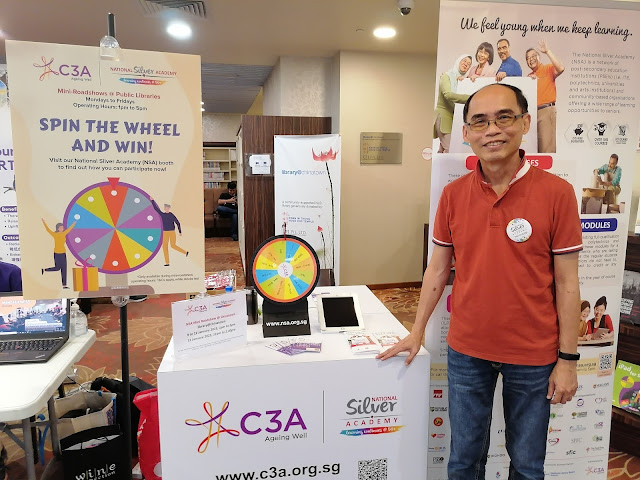Since February 2017 when I started blogging about using Microsoft Visio to do PCB-RE, I have posted 287 write-ups to date. Not all are related to the PCB-RE topics, though I would think the figure comes to over two-thirds. I don't particularly bother about the statistics, i.e. the number of times each post is read, but out of curiosity I did a scan to see which of the posts come in the top three.
Here are the findings:
2. Artosyn Drones (read 812 times, link)
3. Old But Not Obsolete (read 664 times, link)
You can click on the 'link' to read the post, if you've not already done so. It's not surprising that Joe Grand (aka Kingpin) has the highest hit, being the renown hacker that he is. The Artosyn drones seem to be of great interest among my readers, for obvious reasons too. What surprises me, though, is the number of people who are still looking for the old DOS OrCAD EDA suite, which went out of circulation after its competitor Cadence bought over the company in 1999 and migrated the software to Windows.
But as they say, good legacy software never dies; it just lives on in another hardware host that permits it to thrive in.


















